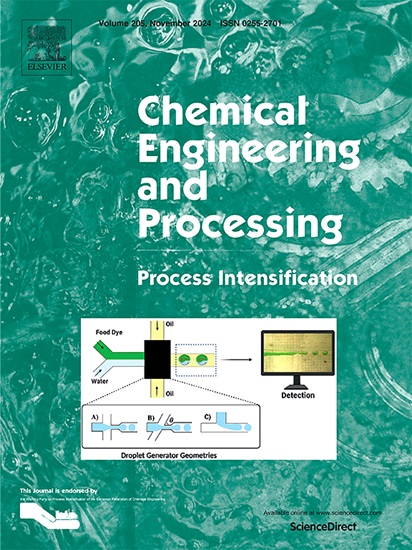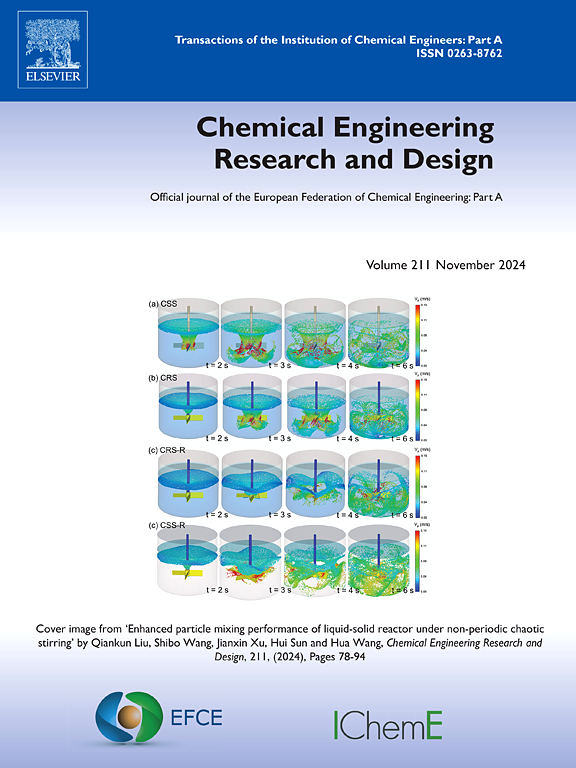中文名称:
认知神经动力学
期刊缩写:
COGN NEURODYNAMICS
影响因子:
3.9
ISSN:
print: 1871-4080
on-line: 1871-4099
on-line: 1871-4099
研究领域:
医学-神经科学
创刊年份:
2007年
h-index:
33
自引率:
18.90%
Gold OA文章占比:
15.28%
原创研究文献占比:
97.45%
SCI收录类型:
Science Citation Index Expanded (SCIE) || Scopus (CiteScore)
期刊介绍英文:
Cognitive Neurodynamics provides a unique forum of communication and cooperation for scientists and engineers working in the field of cognitive neurodynamics, intelligent science and applications, bridging the gap between theory and application, without any preference for pure theoretical, experimental or computational models.
The emphasis is to publish original models of cognitive neurodynamics, novel computational theories and experimental results. In particular, intelligent science inspired by cognitive neuroscience and neurodynamics is also very welcome.
The scope of Cognitive Neurodynamics covers cognitive neuroscience, neural computation based on dynamics, computer science, intelligent science as well as their interdisciplinary applications in the natural and engineering sciences. Papers that are appropriate for non-specialist readers are encouraged.
1. There is no page limit for manuscripts submitted to Cognitive Neurodynamics. Research papers should clearly represent an important advance of especially broad interest to researchers and technologists in neuroscience, biophysics, BCI, neural computer and intelligent robotics.
2. Cognitive Neurodynamics also welcomes brief communications: short papers reporting results that are of genuinely broad interest but that for one reason and another do not make a sufficiently complete story to justify a full article publication. Brief Communications should consist of approximately four manuscript pages.
3. Cognitive Neurodynamics publishes review articles in which a specific field is reviewed through an exhaustive literature survey. There are no restrictions on the number of pages. Review articles are usually invited, but submitted reviews will also be considered.
CiteScore:
| CiteScore | SJR | SNIP | CiteScore排名 |
|---|---|---|---|
| 6.9 | 0.762 | 1.185 | 学科 排名 百分位 大类:Neuroscience 小类:Cognitive Neuroscience 27 / 115 76% |
发文信息
中科院SCI期刊分区
2025年3月20日发布
| 大类 | 小类 | TOP期刊 | 综述期刊 |
|---|---|---|---|
| 4区 医学 | 4区 神经科学 NEUROSCIENCES | 否 | 否 |
2023年12月发布
| 大类 | 小类 | TOP期刊 | 综述期刊 |
|---|---|---|---|
| 3区 工程技术 |
3区
神经科学
NEUROSCIENCES
|
否 | 否 |
WOS期刊分区
| 学科分类 |
|---|
Q2NEUROSCIENCES |
历年影响因子
| 2015年 | 2.1590 |
|---|---|
| 2016年 | 1.8280 |
| 2017年 | 2.0000 |
| 2018年 | 3.0210 |
| 2019年 | 3.9250 |
| 2020年 | 5.0820 |
| 2021年 | 3.4730 |
| 2022年 | 3.7000 |
| 2023年 | 3.1000 |
| 2024年 | 3.9000 |
历年发表
| 2012年 | 50 |
|---|---|
| 2013年 | 42 |
| 2014年 | 48 |
| 2015年 | 45 |
| 2016年 | 52 |
| 2017年 | 45 |
| 2018年 | 48 |
| 2019年 | 51 |
| 2020年 | 87 |
| 2021年 | 97 |
| 2022年 | 140 |
投稿信息
出版周期:
Monthly
出版语言:
English
出版国家(地区):
NETHERLANDS
初审时长:
7 days
审稿时长:
12 months
出版商:
Springer Netherlands
编辑部地址:
SPRINGER, VAN GODEWIJCKSTRAAT 30, DORDRECHT, NETHERLANDS, 3311 GZ
Cognitive Neurodynamics - 最新文献
AI-driven early diagnosis of specific mental disorders: a comprehensive study.
Pub Date : 2025-12-01 DOI: 10.1007/s11571-025-10253-x Firuze Damla Eryılmaz Baran, Meric CetinBrainNeXt: novel lightweight CNN model for the automated detection of brain disorders using MRI images.
Pub Date : 2025-12-01 DOI: 10.1007/s11571-025-10235-z Melahat Poyraz, Ahmet Kursad Poyraz, Yusuf Dogan, Selva Gunes, Hasan S Mir, Jose Kunnel Paul, Prabal Datta Barua, Mehmet Baygin, Sengul Dogan, Turker Tuncer, Filippo Molinari, Rajendra AcharyaNon-decomposition method for event-triggered finite-time synchronization control of complex-valued memristive neural networks.
Pub Date : 2025-12-01 DOI: 10.1007/s11571-025-10306-1 Hui Lin, Yanchao Shi, Jun Guo, Xiaoya He
免责声明:
本页显示期刊或杂志信息,仅供参考学习,不是任何期刊杂志官网,不涉及出版事务,特此申明。如需出版一切事务需要用户自己向出版商联系核实。若本页展示内容有任何问题,请联系我们,邮箱:info@booksci.cn,我们会认真核实处理。
本页显示期刊或杂志信息,仅供参考学习,不是任何期刊杂志官网,不涉及出版事务,特此申明。如需出版一切事务需要用户自己向出版商联系核实。若本页展示内容有任何问题,请联系我们,邮箱:info@booksci.cn,我们会认真核实处理。








